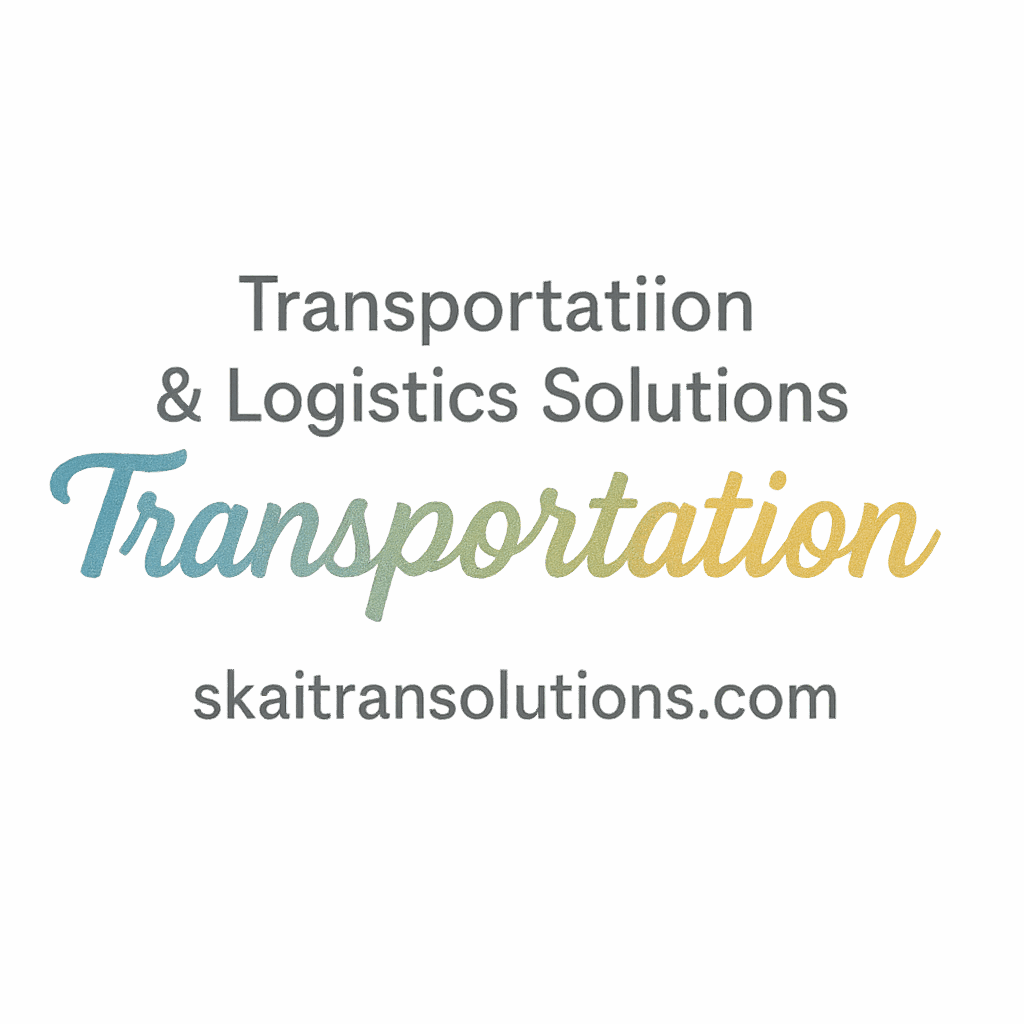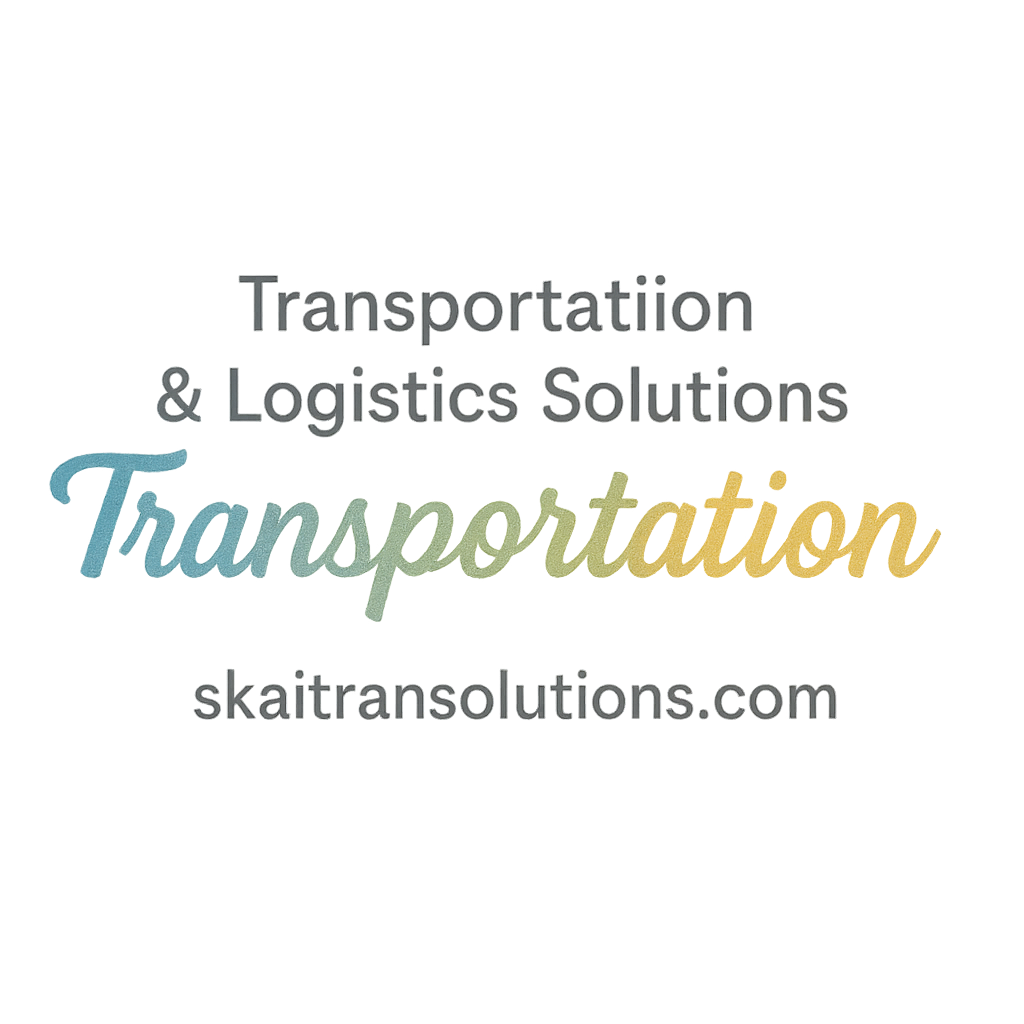Introduction to Lean in Transportation
Let’s face it — transportation is the beating heart of the supply chain. If it’s not flowing smoothly, the whole system suffers. That’s where lean practices come in. Borrowed from manufacturing, lean is all about doing more with less. In transport, this means reducing waste, improving flow, and making better use of every mile, minute, and movement.
And guess what? These principles aren’t just theory. They’re actively being used by top logistics companies to boost performance, slash costs, and enhance customer experience.
Why Lean Practices Matter in Transportation Operations
Lean isn’t just a buzzword — it’s a survival strategy. In a competitive industry that’s constantly evolving due to tech disruptions, labor shortages, and rising fuel prices, transportation businesses must operate smarter.
Applying lean to transportation helps you:
- Improve delivery times
- Cut down on fuel and maintenance costs
- Minimize unnecessary stops or delays
- Increase visibility across the fleet
- Enhance customer satisfaction
Lean operations aren’t about working harder — they’re about working smarter.
1. Eliminate Waste in Every Mile
What Does Waste Look Like in Transportation?
You might think waste is just idle time, but in transportation, it’s sneakier than that. Think of:
- Empty backhauls
- Excessive fuel consumption
- Repeated routes
- Overloaded or underutilized vehicles
- Waiting at docks or terminals
These silent killers eat into your profits daily.
Real-World Examples of Transport Waste
Picture this: A truck leaves the warehouse full but returns empty. That’s waste. Or a driver spends 40 minutes idling at a delivery point because of scheduling issues. That’s also waste.
Want to fix it? Start tracking where time and fuel go.
Tools to Identify and Eliminate Waste
- Telematics and GPS: These give real-time insights into vehicle activity.
- TMS (Transportation Management Systems): They help you visualize inefficiencies.
- Lean Audits: Identify wasteful patterns and create an action plan.
For more innovation tools, check out Transportation Technology Innovation.
2. Optimize Route Planning for Peak Efficiency
Route Optimization vs Traditional Scheduling
Traditional route planning relies on historical patterns. But lean says: what’s the most efficient route right now?
Optimizing routes helps:
- Save fuel
- Reduce driver fatigue
- Hit ETAs more consistently
- Lower vehicle wear and tear
This alone can lead to massive cost reduction — a key element of lean (read more here).
Technologies That Make Route Planning Smarter
Modern route optimization uses:
- AI and machine learning algorithms
- Geofencing
- Traffic pattern prediction
- Weather integration
It’s like Google Maps on steroids for your fleet!
Real-Time Routing and Dynamic Adjustments
Imagine your truck gets stuck in traffic. Instead of waiting, dynamic routing tools reroute it — saving time and fuel.
Want more on smart routing? Dive into Logistics & Supply Chain Solutions.
3. Implement Continuous Improvement (Kaizen)
What Is Kaizen in Transportation?
“Kaizen” is Japanese for “change for the better,” and it fits perfectly with lean. In transport, it means small, consistent improvements over time.
Examples?
- Adjusting delivery windows based on seasonal patterns
- Refining driver checklists
- Improving dock times
It’s all about always asking: “How can this be better?”
Small Tweaks, Big Gains: Case Studies
One company reduced fuel usage by 12% just by tweaking their load sequencing.
Another used Kaizen to cut idle time at delivery sites by 18%. Tiny changes, huge impact.
Empowering Drivers and Staff to Suggest Improvements
Your drivers know where the inefficiencies hide. Give them a voice.
Create feedback loops using tools like mobile apps or scheduled debrief sessions. Make Kaizen part of your culture. For help fostering this mindset, explore Operational Best Practices.

4. Standardize Transportation Processes
Why Standardization Saves Time and Money
When every driver does things differently, chaos creeps in. Standardization means creating repeatable, predictable processes for your entire operation.
The benefits?
- Faster onboarding
- Fewer mistakes
- Easier auditing
- Better compliance (explore more here)
SOPs for Loading, Delivery, and Inspections
You should have documented SOPs (standard operating procedures) for:
- Pre-trip and post-trip inspections
- Loading and securing cargo
- Communication protocols
- Emergency responses
These reduce guesswork and improve safety. See more on safety inspections.
Using KPIs and Metrics to Support Standards
Key Performance Indicators (KPIs) help you measure if your SOPs are working. Focus on metrics like:
- On-time delivery rate
- Average load time
- Fuel efficiency
- Cost per mile
Want to go deeper? Visit our guides on KPIs and performance metrics.
5. Embrace Transportation Technology Solutions
The Role of Automation and AI
AI isn’t coming — it’s already here. From predictive maintenance to automated dispatch, technology streamlines operations like never before.
You save money, time, and even insurance premiums by reducing risks. Read more at Insurance and Risk.
Software Tools for Lean Logistics
Here’s your tech toolkit for lean transportation:
- Fleet management systems
- Warehouse automation
- Inventory tracking tools
- Customer experience platforms (see examples)
Telematics, GPS & IoT for Operational Visibility
With IoT sensors, you know:
- When a door opens
- How fast the truck is moving
- When maintenance is due
The more visibility you have, the leaner you can run. Explore transportation innovations.
Lean and Safety: A Combined Mission
Lean and safety go hand-in-hand. A more efficient process also reduces risky behavior.
Regular safety inspections, GPS tracking, and standardized operations all contribute to safer roads and healthier fleets.
Measuring the Impact of Lean Practices on Transportation KPIs
If you can’t measure it, you can’t improve it. Lean is data-driven.
Track changes in:
- Fuel usage
- Time per delivery
- Load capacity utilization
- Downtime
Tools from Transportation Industry Insights can help you monitor lean success.
How to Start Applying Lean in Your Operations Today
You don’t need a complete overhaul. Start small:
- Conduct a waste audit
- Standardize one key process
- Introduce daily improvement huddles
- Install a route planning tool
- Measure one KPI weekly
For help getting started, consult the experts at SKAI TranSolutions.
Conclusion
Lean isn’t just a method — it’s a mindset. When you apply lean practices to your transportation operations, you’re doing more than trimming fat. You’re building a resilient, agile, and efficient operation ready for anything.
From eliminating waste and optimizing routes to embracing tech and tracking KPIs, the lean journey is your ticket to next-level success in logistics.
Let’s get lean, stay competitive, and keep those wheels turning with precision.
FAQs
1. What are lean practices in transportation?
Lean practices involve reducing waste, optimizing efficiency, and improving operational flow in transportation operations.
2. How does lean help reduce transportation costs?
Lean cuts out unnecessary processes and idle time, leading to lower fuel costs, fewer delays, and reduced labor expenses.
3. Is technology necessary for implementing lean practices?
While not mandatory, tech like TMS, telematics, and route optimization tools make lean implementation faster and more effective.
4. Can small transport companies apply lean methods?
Absolutely. Lean is scalable. Even small improvements can make a big difference, especially for smaller operations.
5. What is Kaizen in logistics?
Kaizen is the practice of continuous, incremental improvement in processes, often involving employee feedback and engagement.
6. How do I track the success of lean implementation?
Use KPIs like on-time delivery, fuel efficiency, and downtime to track the effectiveness of lean strategies.
7. Where can I learn more about lean transportation?
Visit SKAI TranSolutions and explore their insights on strategy, logistics, and transportation innovation.


